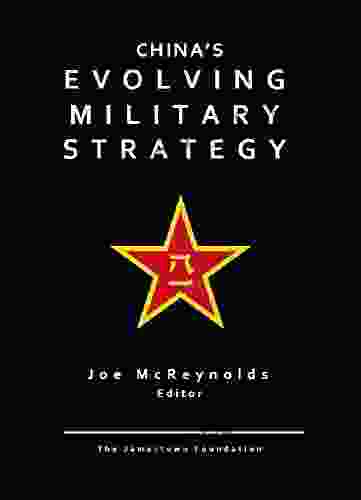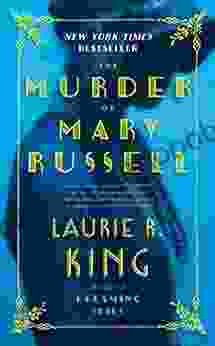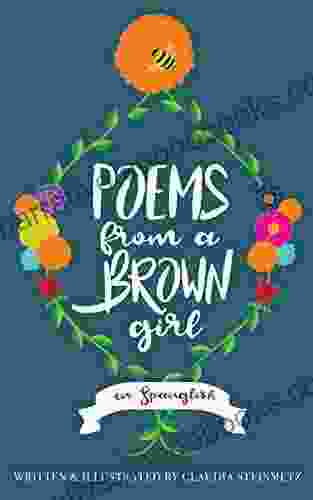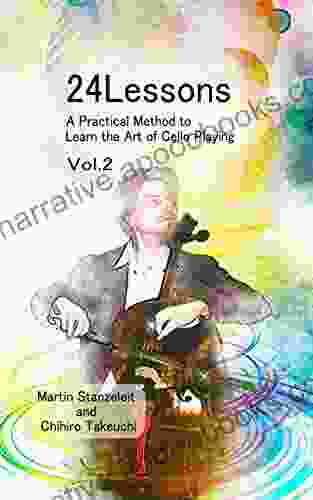Hebbian Learning and Negative Feedback Networks: Advanced Information and Applications

Hebbian learning is a form of associative learning that was first proposed by Donald Hebb in 1949. Hebb's theory states that the strength of a connection between two neurons is increased when the two neurons are active at the same time. This theory has been used to explain a wide variety of learning phenomena, including classical conditioning, operant conditioning, and language acquisition.
5 out of 5
| Language | : | English |
| File size | : | 5786 KB |
| Text-to-Speech | : | Enabled |
| Print length | : | 401 pages |
Negative feedback networks are a type of neural network that uses negative feedback to regulate their activity. Negative feedback occurs when the output of a network is used to inhibit the network's input. This can be used to stabilize the network's activity and to prevent it from becoming too excited or too inhibited.
Hebbian learning and negative feedback networks have been used in a wide variety of applications, including image processing, speech recognition, and natural language processing. These networks are particularly well-suited for applications that require the ability to learn from experience and to adapt to changing conditions.
Applications of Hebbian Learning and Negative Feedback Networks
Hebbian learning and negative feedback networks have been used in a wide variety of applications, including:
* Image processing: Hebbian learning and negative feedback networks can be used to perform a variety of image processing tasks, such as image enhancement, noise reduction, and object recognition. * Speech recognition: Hebbian learning and negative feedback networks can be used to perform speech recognition tasks, such as speaker identification and speech recognition. * Natural language processing: Hebbian learning and negative feedback networks can be used to perform natural language processing tasks, such as part-of-speech tagging, named entity recognition, and machine translation.
These networks are particularly well-suited for applications that require the ability to learn from experience and to adapt to changing conditions.
Theoretical Foundations of Hebbian Learning and Negative Feedback Networks
The theoretical foundations of Hebbian learning and negative feedback networks are based on the work of Donald Hebb and other early researchers in the field of artificial intelligence. Hebb's theory of Hebbian learning states that the strength of a connection between two neurons is increased when the two neurons are active at the same time. This theory has been supported by a number of experimental studies, and it is now considered to be one of the fundamental principles of learning.
The theory of negative feedback networks is based on the work of Norbert Wiener and other early researchers in the field of cybernetics. Negative feedback occurs when the output of a network is used to inhibit the network's input. This can be used to stabilize the network's activity and to prevent it from becoming too excited or too inhibited.
The combination of Hebbian learning and negative feedback networks has been shown to be a powerful tool for learning and adaptation. These networks are able to learn from experience and to adapt to changing conditions. This makes them well-suited for a variety of applications, including image processing, speech recognition, and natural language processing.
Hebbian learning and negative feedback networks are powerful tools for learning and adaptation. These networks have been used in a wide variety of applications, and they are still being explored today. As the field of artificial intelligence continues to develop, Hebbian learning and negative feedback networks are likely to play an increasingly important role.
5 out of 5
| Language | : | English |
| File size | : | 5786 KB |
| Text-to-Speech | : | Enabled |
| Print length | : | 401 pages |
Do you want to contribute by writing guest posts on this blog?
Please contact us and send us a resume of previous articles that you have written.
 Book
Book Novel
Novel Page
Page Chapter
Chapter Text
Text Story
Story Genre
Genre Reader
Reader Library
Library Paperback
Paperback E-book
E-book Magazine
Magazine Newspaper
Newspaper Paragraph
Paragraph Sentence
Sentence Bookmark
Bookmark Shelf
Shelf Glossary
Glossary Bibliography
Bibliography Foreword
Foreword Preface
Preface Synopsis
Synopsis Annotation
Annotation Footnote
Footnote Manuscript
Manuscript Scroll
Scroll Codex
Codex Tome
Tome Bestseller
Bestseller Classics
Classics Library card
Library card Narrative
Narrative Biography
Biography Autobiography
Autobiography Memoir
Memoir Reference
Reference Encyclopedia
Encyclopedia Alissa Holder
Alissa Holder Brian E Fisher
Brian E Fisher Michael E Sawyer
Michael E Sawyer Jeff Blackburn
Jeff Blackburn Jeffrey Tucker
Jeffrey Tucker Simon Bradley
Simon Bradley Robert S Mcelvaine
Robert S Mcelvaine William Wycherley
William Wycherley Emma Jayne
Emma Jayne Lay Hwee Yeo
Lay Hwee Yeo Ronald L Greer
Ronald L Greer Sierra Demulder
Sierra Demulder James Clavell
James Clavell Matt Morris
Matt Morris Jim Rietmulder
Jim Rietmulder Jorge Galindo Molina
Jorge Galindo Molina Alina Das
Alina Das Allan Collins
Allan Collins Larry Frazier
Larry Frazier Steven Parissien
Steven Parissien
Light bulbAdvertise smarter! Our strategic ad space ensures maximum exposure. Reserve your spot today!

 Philip BellChina's Evolving Military Strategy: Implications for the Indo-Pacific Region...
Philip BellChina's Evolving Military Strategy: Implications for the Indo-Pacific Region... Justin BellFollow ·15.6k
Justin BellFollow ·15.6k Travis FosterFollow ·13.9k
Travis FosterFollow ·13.9k Henry JamesFollow ·17k
Henry JamesFollow ·17k Dan HendersonFollow ·7.3k
Dan HendersonFollow ·7.3k Dwayne MitchellFollow ·8.6k
Dwayne MitchellFollow ·8.6k Don ColemanFollow ·8.8k
Don ColemanFollow ·8.8k Richard SimmonsFollow ·4.2k
Richard SimmonsFollow ·4.2k Dan BrownFollow ·17.9k
Dan BrownFollow ·17.9k

 F. Scott Fitzgerald
F. Scott FitzgeraldUnravel the Enigmatic Murder of Mary Russell: A...
Prologue: A Grisly Discovery In the...

 Connor Mitchell
Connor MitchellLittle Quilts: Gifts from Jelly Roll Scraps
Embrace the Art...

 Harold Powell
Harold PowellPoverty Survival Hope In An American City: A Pulitzer...
A testament to the resilience of the human...

 Ray Blair
Ray BlairConfronting Global Warming: Population, Resources, and...
Global warming is one of the most pressing...

 Gary Cox
Gary CoxStyle Your Most Authentic Self and Cultivate a Mindful...
Unlock Your True...

 Caleb Long
Caleb LongEmbark on a Colorful Patchwork Adventure: Discover 20 To...
Step into the captivating world of...
5 out of 5
| Language | : | English |
| File size | : | 5786 KB |
| Text-to-Speech | : | Enabled |
| Print length | : | 401 pages |










